Military Forces Must Remain Mobile
A large number of national NATO contract competitions for resources could instigate bidding wars, causing delays during critical troop movements and confusion in the rear echelons. According to one leader of forces in Europe, adversaries may find it difficult to resist this opportunity to take advantage of the conditions to aggravate the situation by distributing disinformation and launching cyber attacks on commercial carriers. Consequently, during these critical early phases of military force mobilization, shared sensitive information and key infrastructure will need to be secured and defended.
Brig. Gen. Jared Sembritzki, German Army, expressed his opinion during the AFCEA Europe Conference and Exposition. Gen. Sembritzki, chief of staff, U.S. Army Europe Command, spoke at the virtual event, which took place in partnership with the Joint Support and Enabling Command. He added that one of the best ways to protect critical systems is for multinational cyber forces to be trained and equipped in the same way as combat forces to demonstrate deterrent and response options.
The increase in hostile situations worldwide during the past decades has forced the United States to adopt a reinforcement strategy for Europe, the general explained. New countries joined NATO with different technical infrastructure. In addition, the physical space NATO forces cover grew from hundreds of thousands of known kilometers to an increasing amount of unknown kilometers all over Europe.
All of these changes called for more preposition sites for troops and equipment and the emergency readiness exercises to practice working together. “Quantity takes on a quality of its own,” Gen. Sembritzki pointed out.
One way international forces achieve this coordination has been through numerous multinational exercises, including Saber Guardian, Saber Strike and Saber Junction, culminating in Defender–European 20.
Just as readiness was progressing, however, the coronavirus pandemic struck worldwide, causing changes in an exercise set to move the largest number of forces and equipment and exercise participants had to adjust. Defender–European was set to involve moving 13,000 soldiers and 9,000 pieces of equipment from the United States to Europe. In addition, the troops and gear would to be moved more than 2,100 kilometers (1,305 miles) inside the European borders.
“Host nations were ready to provide 22 of the 27 nodes in a joint logistics network made to support procurement agency Theater Consolidation and Shipping Point mission … and logistic function area log files were prepared,” he said.
To address these challenges, bilateral movement agreements and changing policies were put into place such as drastically reducing by more than one-third or greater overall and especially in former Warsaw Pact countries.
COVID-19 added another security challenges. Viewed as an environmental factor, the virus required exercise participants to be more precise about assessing the overall European environment. “COVID-19 has not erased other problems in Europe and in many cases, it has exacerbated the challenges we face in Europe,” the general allowed.
“Malign foreign investment in Europe continues. Extremism and terrorism tradecrafts impact force protection of U.S. and its allies. The increase of misinformation, disinformation, and of course, the possibility of large-scale ground combat in Europe looms,” Gen. Sembritzki said.
“Collective defense and the movement that support that idea must remain the principal priority for NATO, during and or post COVID-19 during baseline operations,” he added. “Solidarity between nations and commercial partners to ensure military forces can quickly transit from the rear areas to forward operating locations. Nations must be prepared to reduce movement timeline requirements during indications of a crisis to allow commercial partners to move military equipment and logistics at increased speed.”
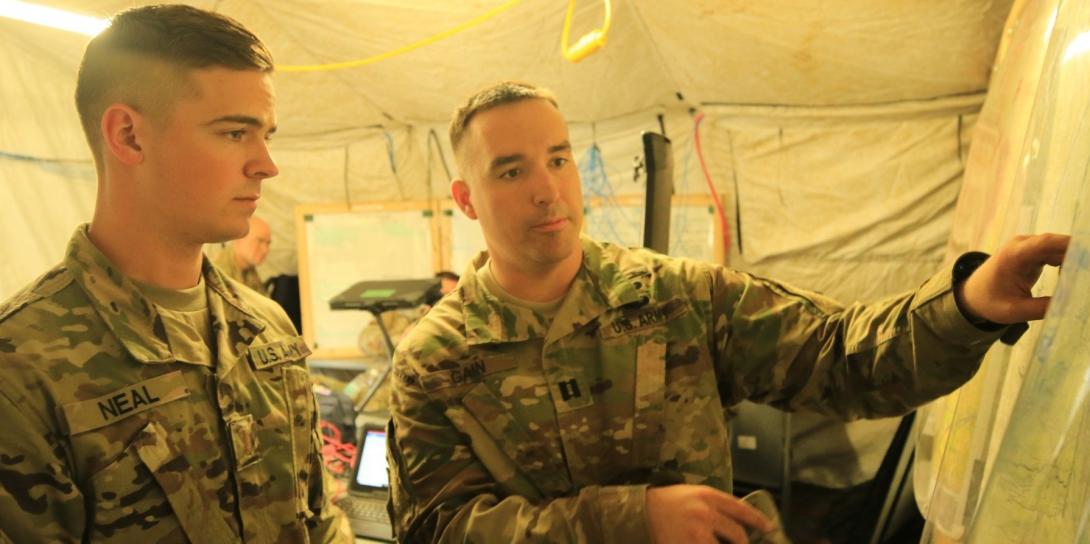
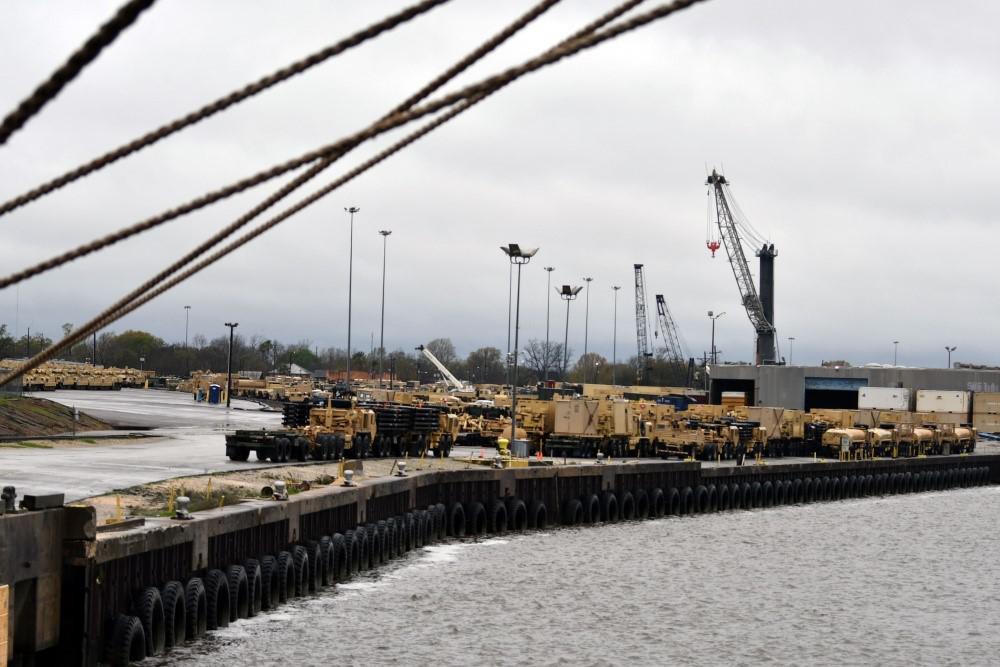
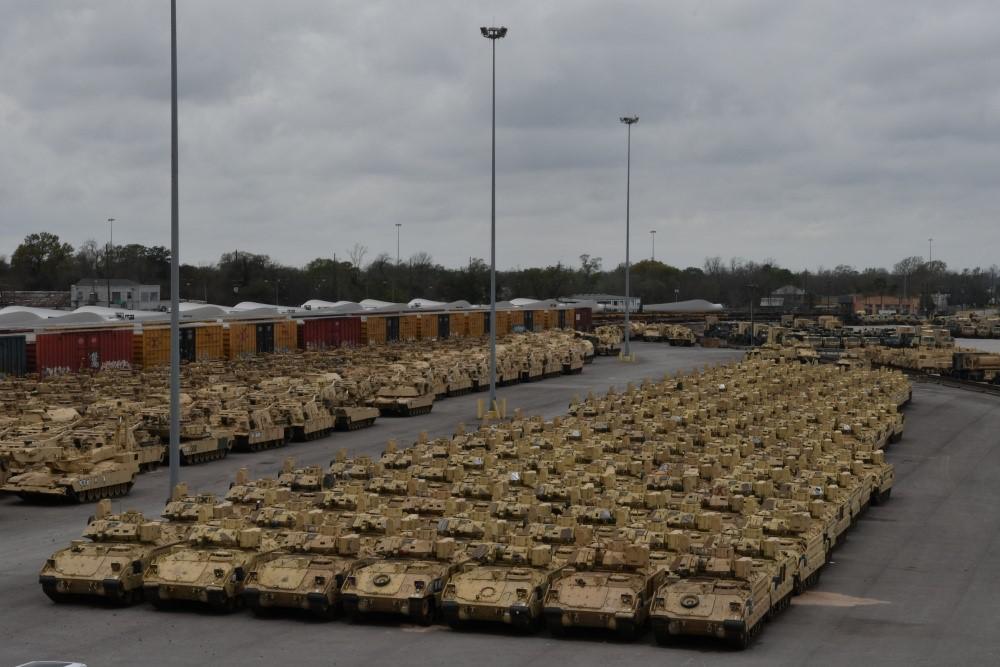
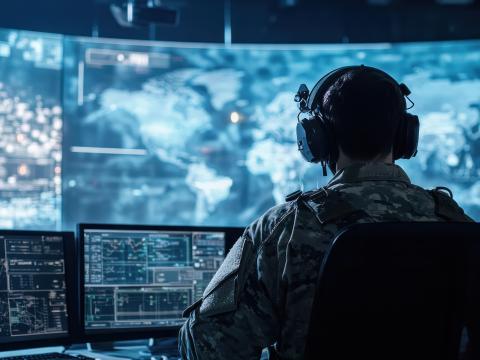
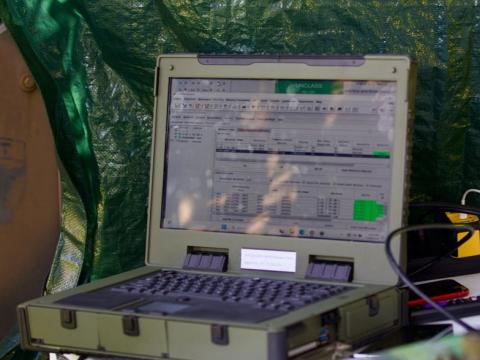
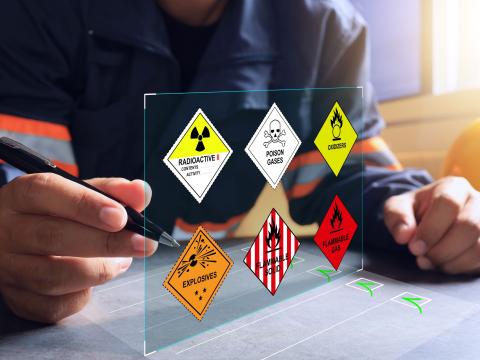

Comments